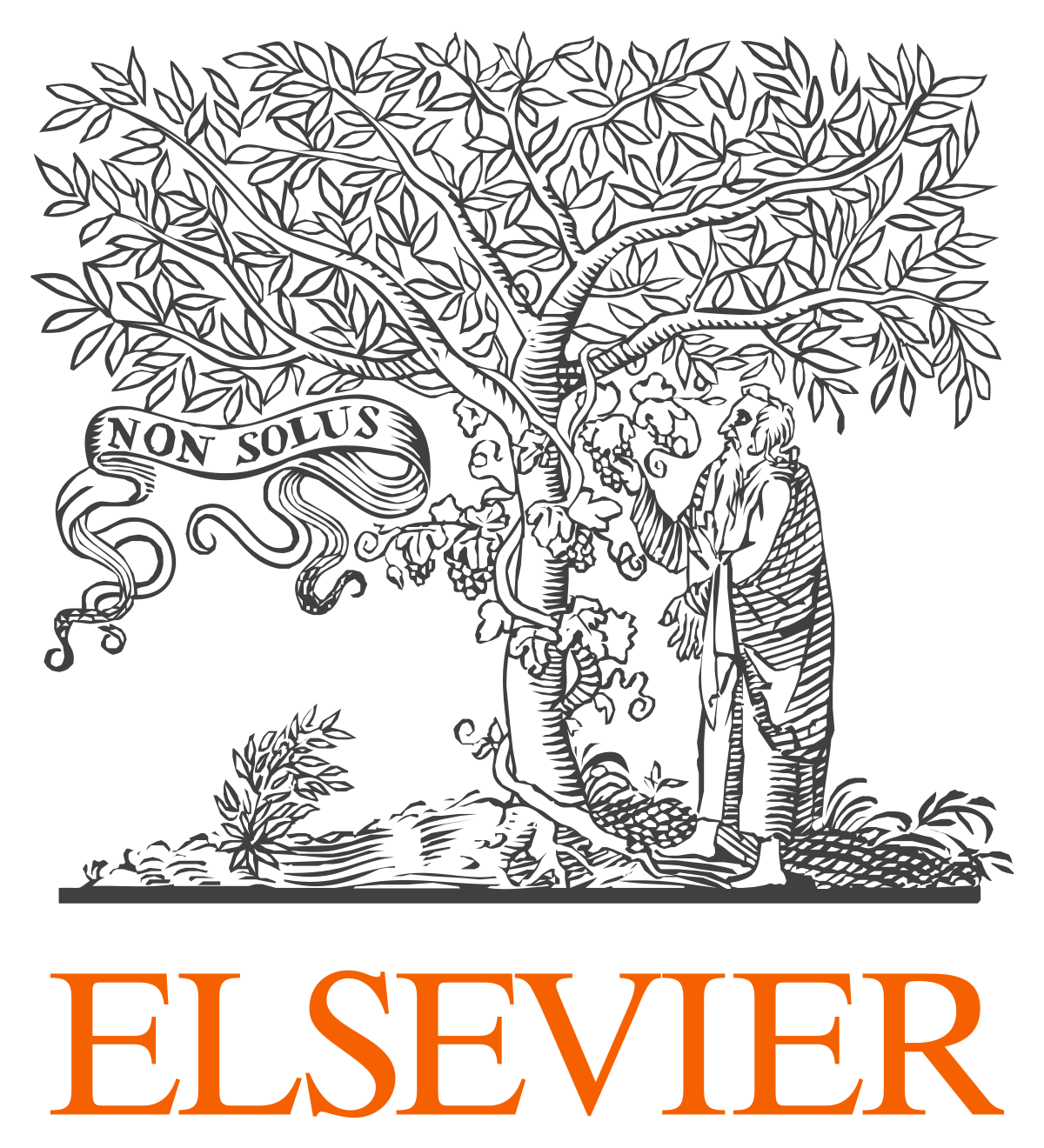Integration of Seismic Refraction and Laboratory Testing for Slope Stability Analysis
Abstract
The application of geophysics survey mainly seismic refraction method has been limited to the area of study particularly in slope stability analysis. Standard methods of
geotechnical investigation using boreholes and laboratory test results have been the most efficient technique in providing the geotechnical data for slope stability study. In some cases, however, where the slope area is located at higher ground with restricted access, an alternative method should be considered to replace the conventional methods as it is not applicable due to energy and timing constraints and higher operating cost. The objective of this study was to integrate seismic refraction method with laboratory test to produce general classification of slope stability status based on the relationship between slope Factor of Safety (FS) with soil modulus generated from the seismic refraction method. Prior to that, justification of soil modulus from the seismic refraction survey was first made in reference to the soil modulus obtained from the laboratory test before establishing the general classification. The results showed that the three soil parameters obtained from both methods were similar with percentage error ranging from 8% to 15%. It can be concluded that this method is more economical and applicable for slope stability analysis.




